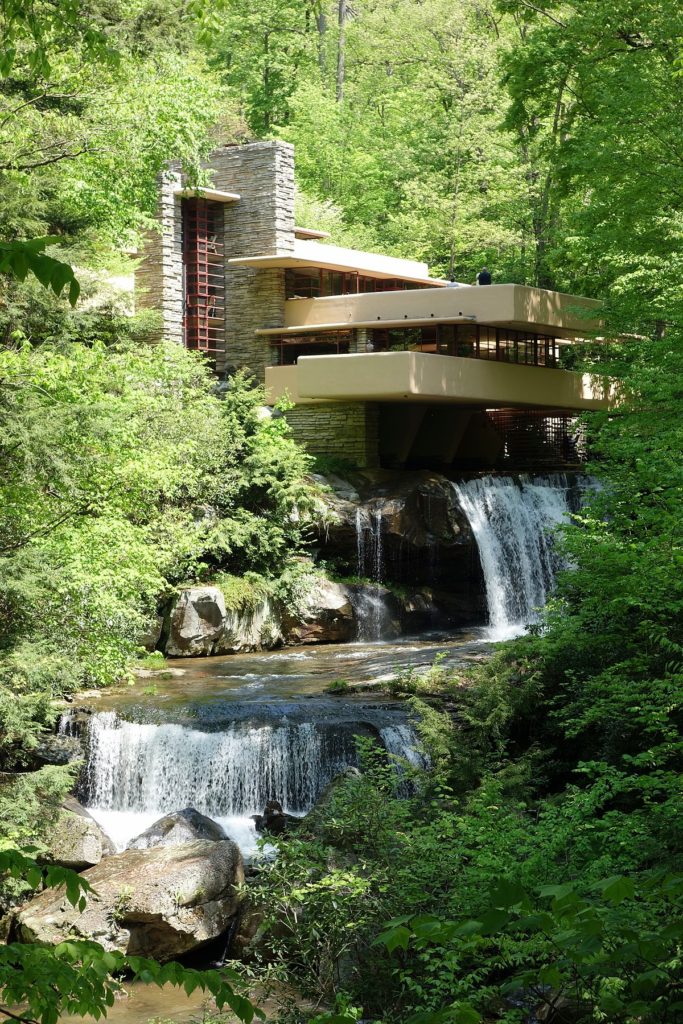Reading Robert Venturi’s “Complexity and Contradiction,” it’s very clear to see how he falls in the group of post-modernism architects who both embraced and rejected ideas of modernism. He summarizes his views saying “I am for richness of meaning rather than clarity of meaning… I prefer ‘both-and’ to either-or,’ black and white, and sometimes gray…”(Venturi, 16) hence why he was part of “The Grays.” His emphasis on Mies Van der Rohe’s “less is more” was very interesting to me as up to page 16, I didn’t think Venturi would be a big fan of Mies. Buildings like the Seagram (which he brings up later on) have a very plain facade and would be described as ‘minimalistic.’ But as Eugene mentioned in class, and I think Venturi would agree, this is not a good word to use as they are actually very complex which is why Venturi praises Mies’ work. This to me demonstrates that Venturi doesn’t think ‘complexity and contradiction’ needs to be displayed visually. This is also shown by his criticism on Frank Lloyd Wright and his prairie style order. When analyzing Fallingwater, Venturi dislikes its lack of “inconsistencies” (Venturi 52) and the presence of Wright’s trademark design choices like horizontal continuity.
Going back to my earlier point, looking at both of these buildings, it’s fair to say that the words “simple” and “complex” can be used for either of these, but that’s because we have learned enough about them both. If an average person sees these images, they will likely describe the Seagram building as the simple one.
Based on Venturi’s criticism, I’ve concluded that one must have architectural knowledge to truly appreciate architecture for what it is (based on his terms). Or it can also be said that his criticism isn’t able to reach the true audience of modern architecture, society.
Venturi, Robert. 1966. Complexity and Contradiction.



Excellent reflection on Venturi’s work Selinee. I appreciate that you’re not only trying to ‘apply’ his ideas onto seminal buildings, but also thinking of them through two different lenses, that of the expert and non-expert. You raise an incredibly important point that despite Venturi’s own aesthetic predilections, there was an inherent appreciation of some Modernist pieces, albeit with some disclaimers (this will be mentioned tomorrow in class!). Great write up.